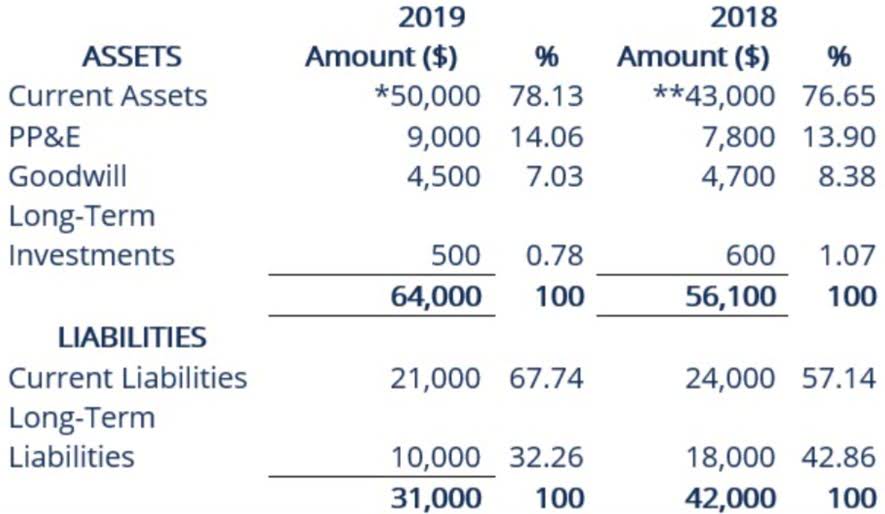Content

Continuous training ensures that employees have the necessary expertise to navigate complex financial systems, understand regulatory compliance, and utilize emerging technologies. It also promotes a culture of learning and development within https://www.bookstime.com/tax-rates/new-york the organization, fostering employee engagement and retention. By investing in continuous training and skill development, businesses can enhance the efficiency, accuracy, and overall performance of their accounts payable processes.
Maximize your savings potential by exploring any available early payment discounts, volume rebates, or trade spend initiatives. Of course, keep in mind that if the expenditure exceeds the benefit of the discount, it may not be worth the extra spend. Batches of invoices may be difficult to search and could increase the likelihood of duplicate payments. Train your accounts payable management staff in best practices, in the use of your current data entry or software programs and in accounts payable systems. Encourage continuing education and updated training as systems change and software is upgraded. Investing in the skills of your employees can offer a high return on investment, since a well-trained staff may be less likely to make errors.
Boost the bottom line with accounts payable best practices
At that point, the invoices are either sent straight through to your ERP or AP system or routed to the appropriate people for approval and then posted for payment. In a worst-case scenario, AP staff face a lot of barriers with their day-to-day responsibilities when AP processes are manual. Confused coworkers wondering why their vendors haven’t been paid, a stack of paper invoices to process, and an afternoon full of manual data entry and chasing down invoice approvals. There’s nothing an executive team likes more than not seeing the AP department’s OpEx budget increase substantially due to inefficiency. One of the key indicators of efficiency within an accounts payable system is the cost per invoice.
These platforms often provide validation checks, real-time status updates, and collaboration features, allowing for efficient communication and dispute resolution between buyers and suppliers. EDI enables businesses to exchange electronic documents, including invoices, in a standardized format. It eliminates manual data entry by facilitating direct system-to-system communication between trading partners.
What Is the Difference Between Accounts Payable and Accounts Receivable?
Putting a system in place to track, review, prioritize, and organize all the bills and invoices owed by the company is crucial. This it one of the most important accounts payable best practices and it should be implemented no matter what. A well-rounded approach to vendor management can be broken down into three steps. Third, continuous monitoring should automatically check the master list to ensure it contains accurate information.
- Whether fraudulent invoices have targeted your company, a vendor delays its shipment or the delivery arrives damaged, someone should be able to resolve the issue before sending more invoices.
- Automated alerts are also sent to the approver for approaching approval deadlines.
- By optimizing your accounts payable workflow, you can gain insight into cash flow, make better business decisions, and ensure strong relationships with vendors and suppliers.
- To achieve this, it’s essential to have rigorous invoice verification processes in place.
- There’s no guarantee that every member of your staff is going to be in every scheduled workday.
- A good accounts payable manager can effectively manage your accounts payable process.
- The lack of visibility and tracking in manual approval workflows makes it difficult to monitor the status of invoices, causing confusion and potential delays in resolving issues.
This practice helps maintain the accuracy of your accounts payable records and builds confidence in your organization’s financial health. This system should track invoices from the moment they are received, record each processing step, and finally, log the payment date. Accurate accounts payable records are essential for your business’s accurate financial reporting. If you need help figuring out where to start or the best practices for Accounts Payable, this guide will help get you on track.
